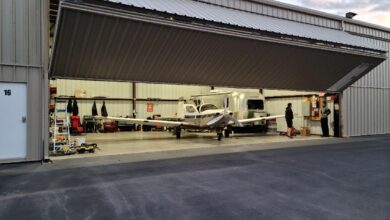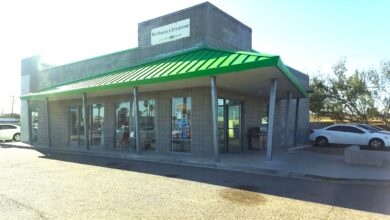-
Aviation

-
Aviation

Grand Canyon National Park Fly Over + Lake Powell (Part 2)
Flying over the Western Edge of the Grand Canyon — on the Colorado River above and below Glen Canyon Dam…
Read More » -
Aviation

Grand Canyon National Park Fly Over (Part 3)
Detailed Flight Information.Download article HERE:2019_1105-GC-LP-Flight-Part-3Download
Read More » -
Aviation

Grand Canyon National Park Fly Over + Lake Powell (Part 1)
Touring U.S. National Parks in the Western United States. Documenting the Journey.
Read More » -
Automotive

UPark We Sell Az – Mesa Arizona
Financing – No Credit Bad Credit Bankruptcy DivorceVehicle Re-Marketing Services (480) 915-7783U Park We Sell Dealership – We Finance Almost…
Read More » -
Automotive

RV – Motor Home Engine Swap Out
Remove the nose off of the RV chassis. Disconnect everything. Get a cherry Picker or Mini Crane. Pull it out.…
Read More » -
Automotive

Auto Recycler – Pro Auto Parts
Auto Recycler - Pro Auto Parts Prescott Az -- We Buy Cars and Trucks for Top Dollar -- non running…
Read More » -
Automotive

1969 DODGE D 200 Pick-Up Truck — Survivor —
Manual Shifter – 318 C.I.Truck U Auto — Prescott Arizonahttps://www.facebook.com/truckuautoauction/photos/a.735676499885644/4879491925504060https://www.facebook.com/TruckUAuto/photos/a.357984484798268/10490606456906451969 DODGE D 200 Pick-Up Truck — Manual1969 DODGE D 200…
Read More » -
Automotive

Fresh Vehicle Trade Ins: Pickups – SUVs – CrossOvers
Classy Black and Tan Vehicle Trade In Sale
Read More » -
Aviation

Private Aviation Flight Logs: San Diego – Palm Springs – Phoenix … Loop Back
Private Aviation Flight Log San Diego Phoenix Palm Springs - loop back
Read More » -
Life Style

Porsche PCA Road Rally – Sedona Arizona
Porsche Club of America - PCA - sponsored motor touring event to Sedona - Prescott - Jerome region
Read More »



